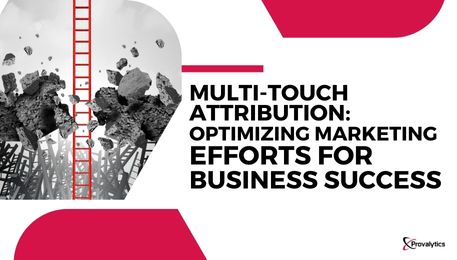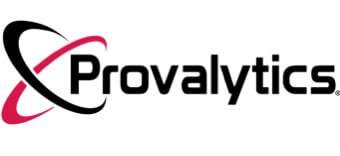Multi-Touch Attribution: Optimizing Marketing Efforts for Business Success
Multi-Touch Attribution assigns value to each touchpoint in a customer’s journey that leads to a conversion or purchase. In other words, it assists businesses in determining which marketing channels and campaigns are most beneficial to their bottom line.
Comparing Single-Touch Attribution and Multi-Touch Attribution
Traditional single-touch attribution models give credit to only one touchpoint, usually the first or last, which oversimplifies the complex journey a customer takes before making a purchase. This approach can lead to inaccurate marketing campaign measurement, missed optimization opportunities, and a poor understanding of the customer journey.
🚀 Yes, I Want The 2024 Playbook!
Multi-Touch Attribution models, on the other hand, consider all touchpoints in a customer journey, crediting each touchpoint that contributed to the conversion. Multi-touch attribution can be approached in a variety of ways, including linear, time decay, and position-based models.
Each touchpoint along the customer journey receives equal credit in the linear model. The time decay model gives more weight to touchpoints that are closer to the conversion. Furthermore, the position-based model gives the most credit to the first and last touchpoints and distributes the remaining credit evenly among the touchpoints in between.

The Benefits of Multi-Touch Attribution for Business Optimization
The nature of the business, its sales cycle, and the customer journey all influence the choice of the Multi-Touch Attribution model. Implementing a multi-touch attribution model can be difficult, but it is worthwhile for businesses that want to optimize their marketing campaigns and increase their return on investment.
Businesses can gain insights into which channels and campaigns are most effective at each stage of the customer journey by implementing Multi-Touch Attribution, allowing them to make data-driven decisions about where to allocate their marketing budgets. They can also identify gaps in their customer journey and optimize campaigns to increase customer acquisition and retention.
Multi-Touch Attribution is a powerful tool for companies looking to gain a better understanding of their customer’s journeys and optimize their marketing efforts. While it can be difficult to implement, the benefits of accurately measuring the impact of marketing campaigns on revenue and profitability make the effort worthwhile.
How does Multi-Touch Attribution differ from single-touch attribution?
Single-Touch Attribution assigns credit to only one touchpoint in a customer’s journey, while Multi-Touch Attribution assigns value to each touchpoint that contributed to the conversion.
Which Multi-Touch Attribution model is best for my business?
The choice of Multi-Touch Attribution model depends on the nature of the business, its sales cycle, and the customer journey. Linear, time decay and position-based models are the most commonly used.
Is implementing a Multi-Touch Attribution model difficult?
Implementing a Multi-Touch Attribution model can be challenging, as it requires tracking and analyzing customer data across multiple channels and touchpoints. However, there are tools and software available that can simplify the process.
Can Multi-Touch Attribution help my business improve ROI?
Yes, Multi-Touch Attribution can help businesses gain insights into which channels and campaigns are most effective at each stage of the customer journey, allowing them to make data-driven decisions about where to allocate their marketing budgets. This can help improve ROI by optimizing marketing efforts and improving customer acquisition and retention.
Do I need to be a large business to implement Multi-Touch Attribution?
No, Multi-Touch Attribution can be used by businesses of all sizes. Even small businesses can benefit from understanding their customers’ journeys and optimizing their marketing campaigns accordingly.

